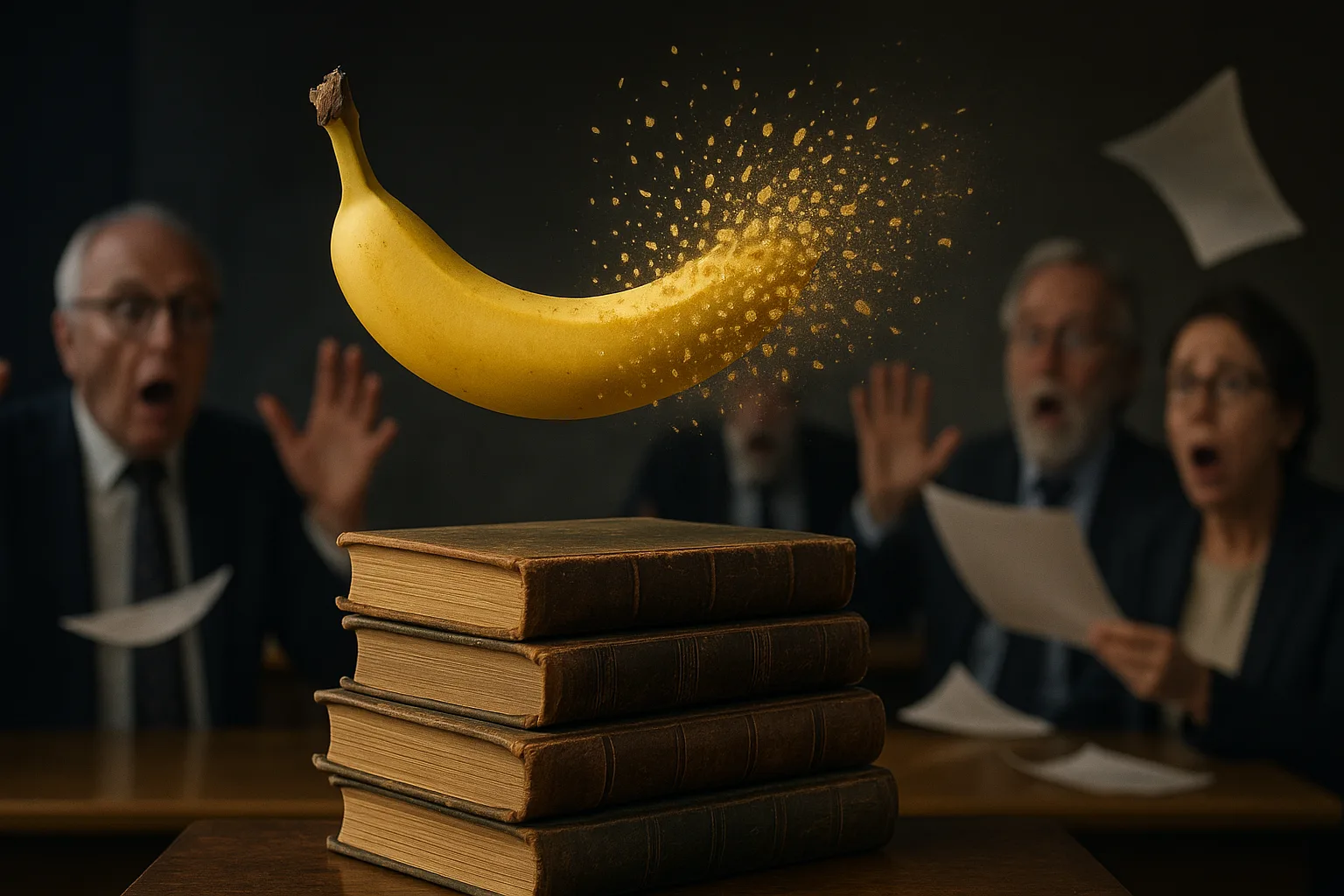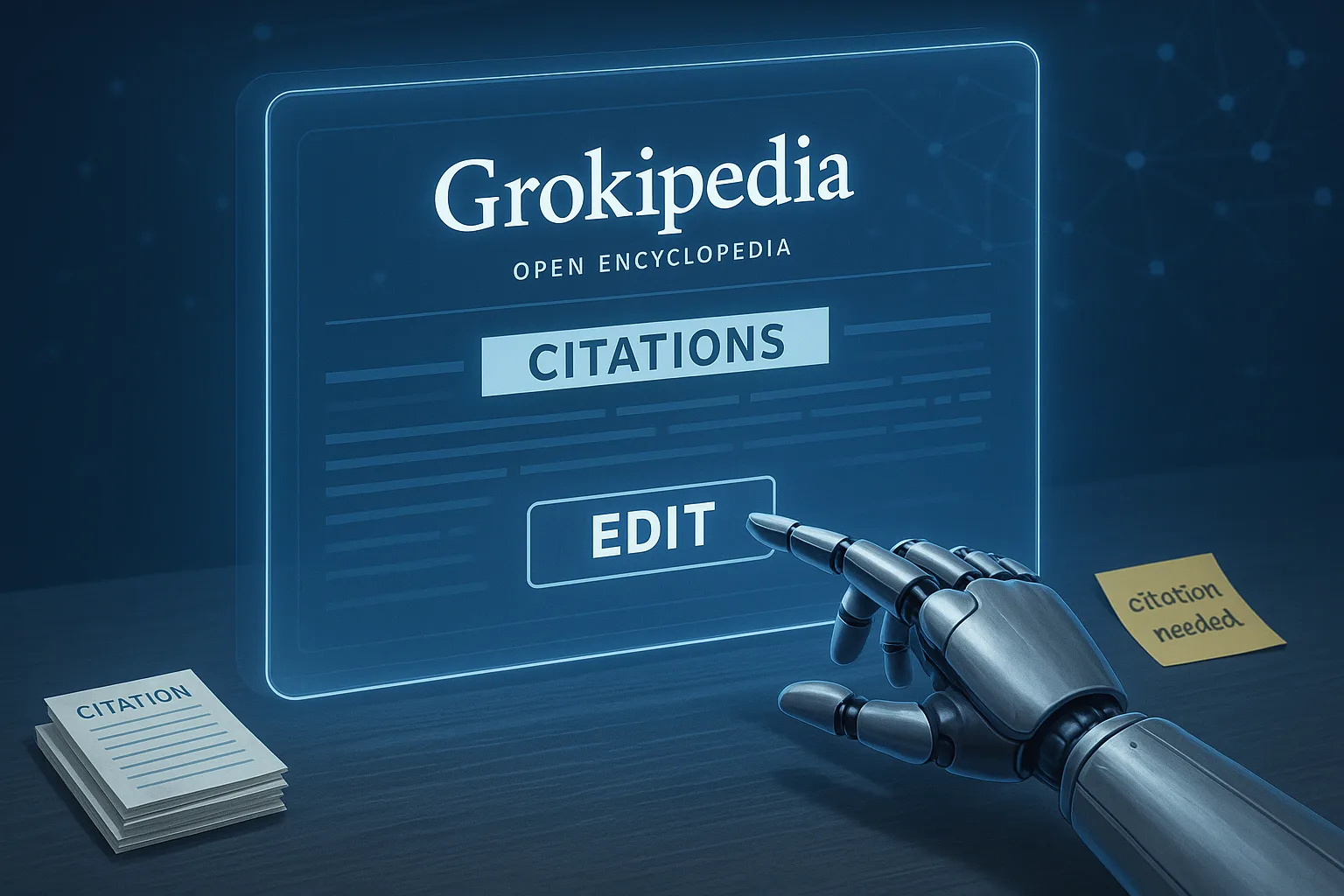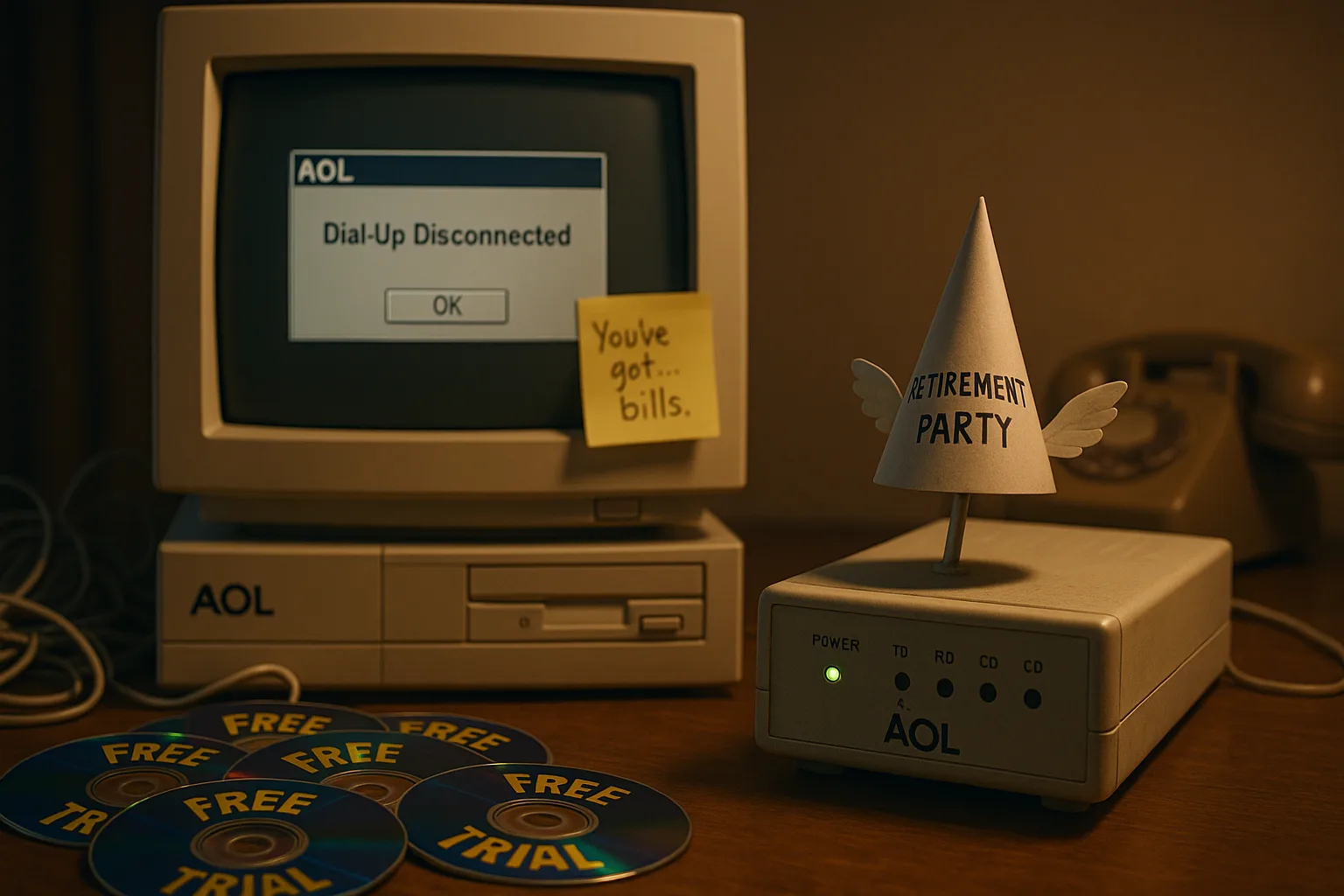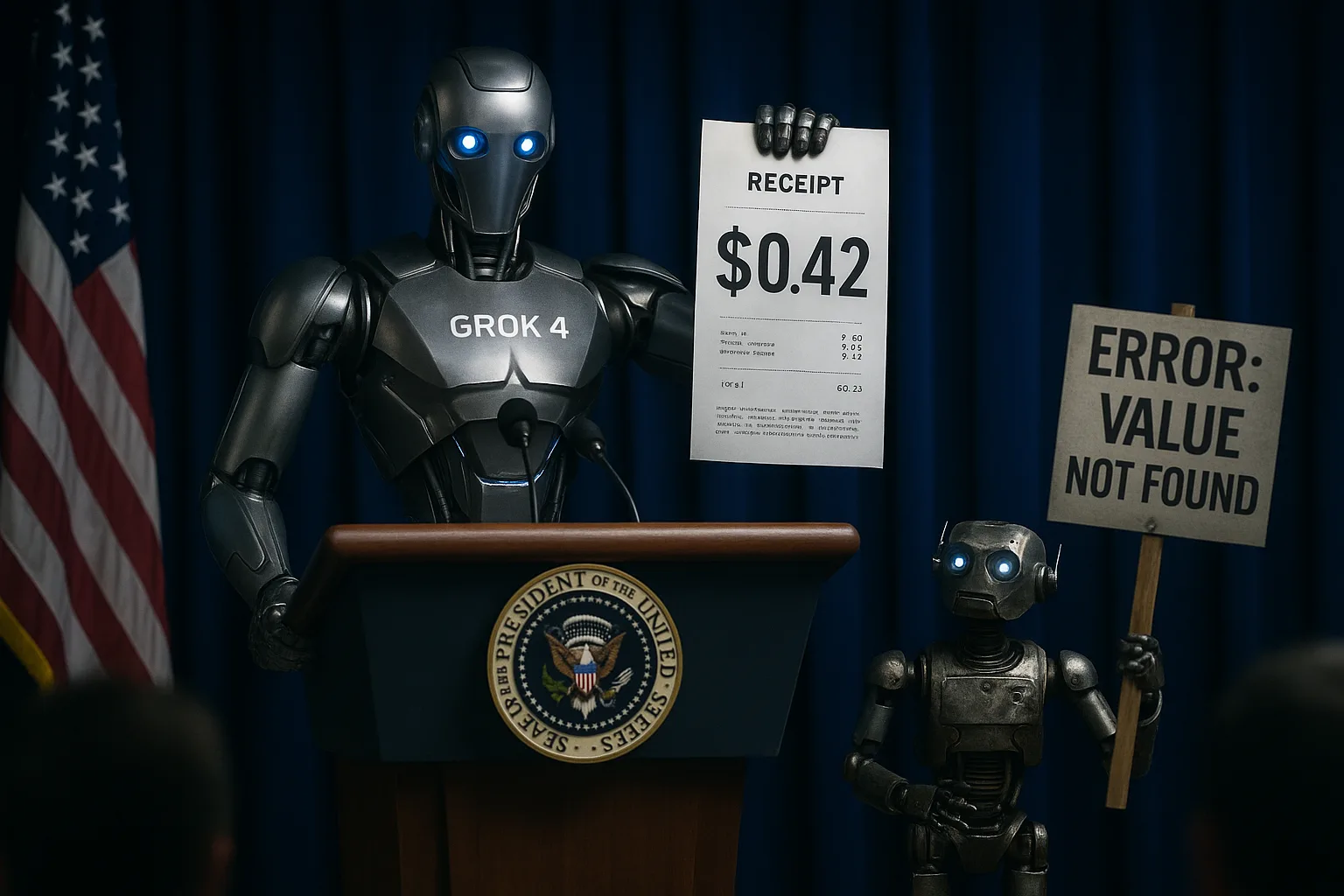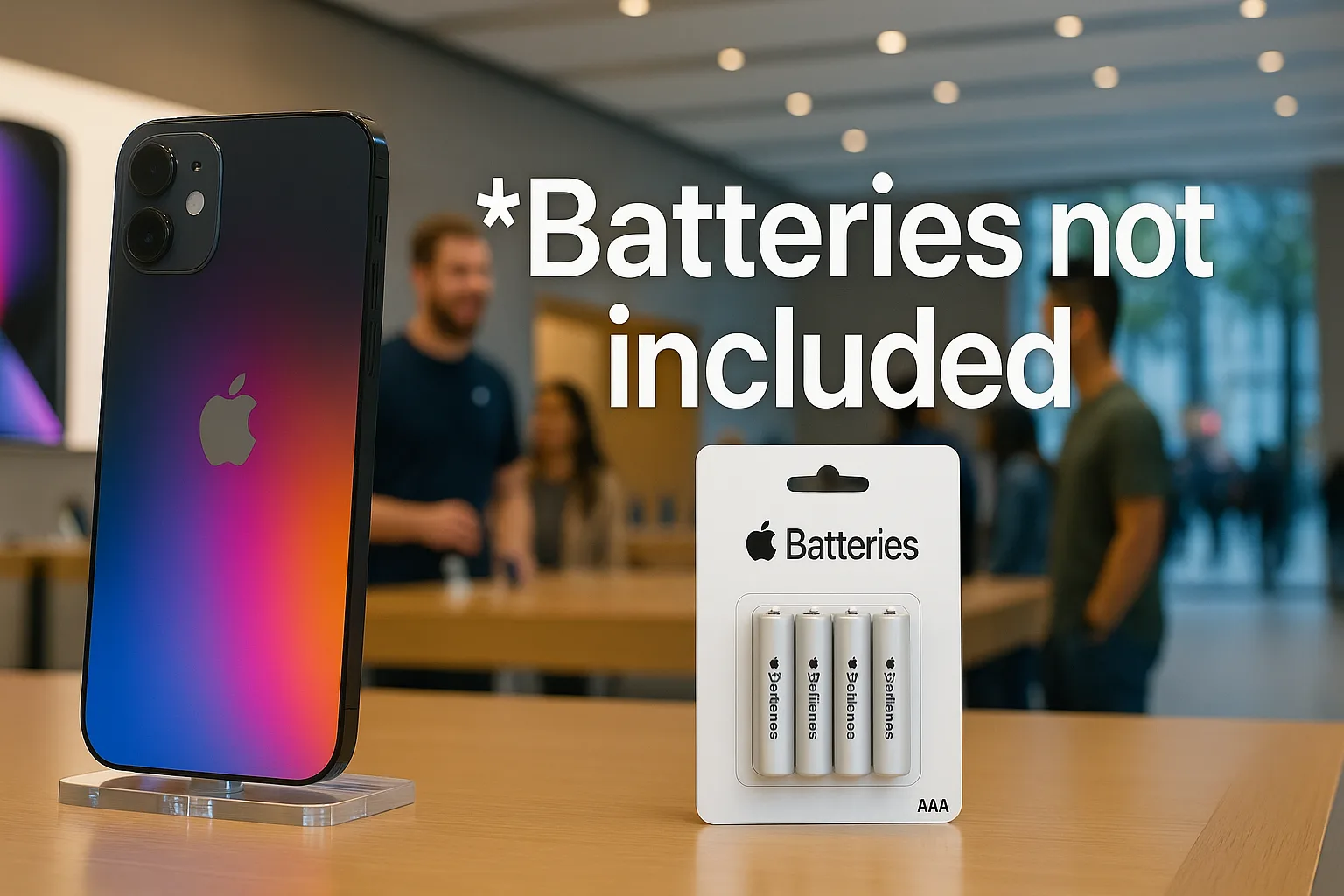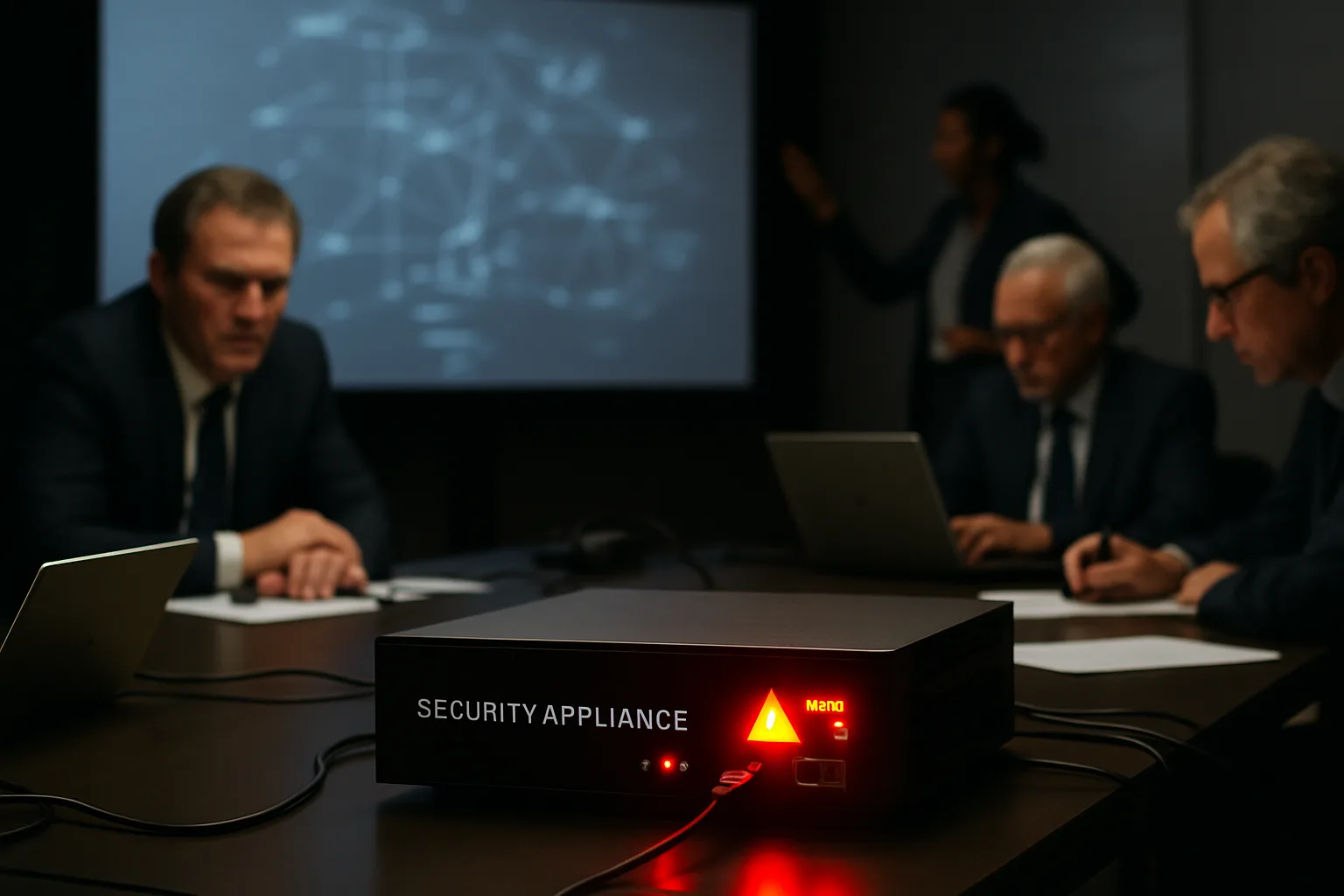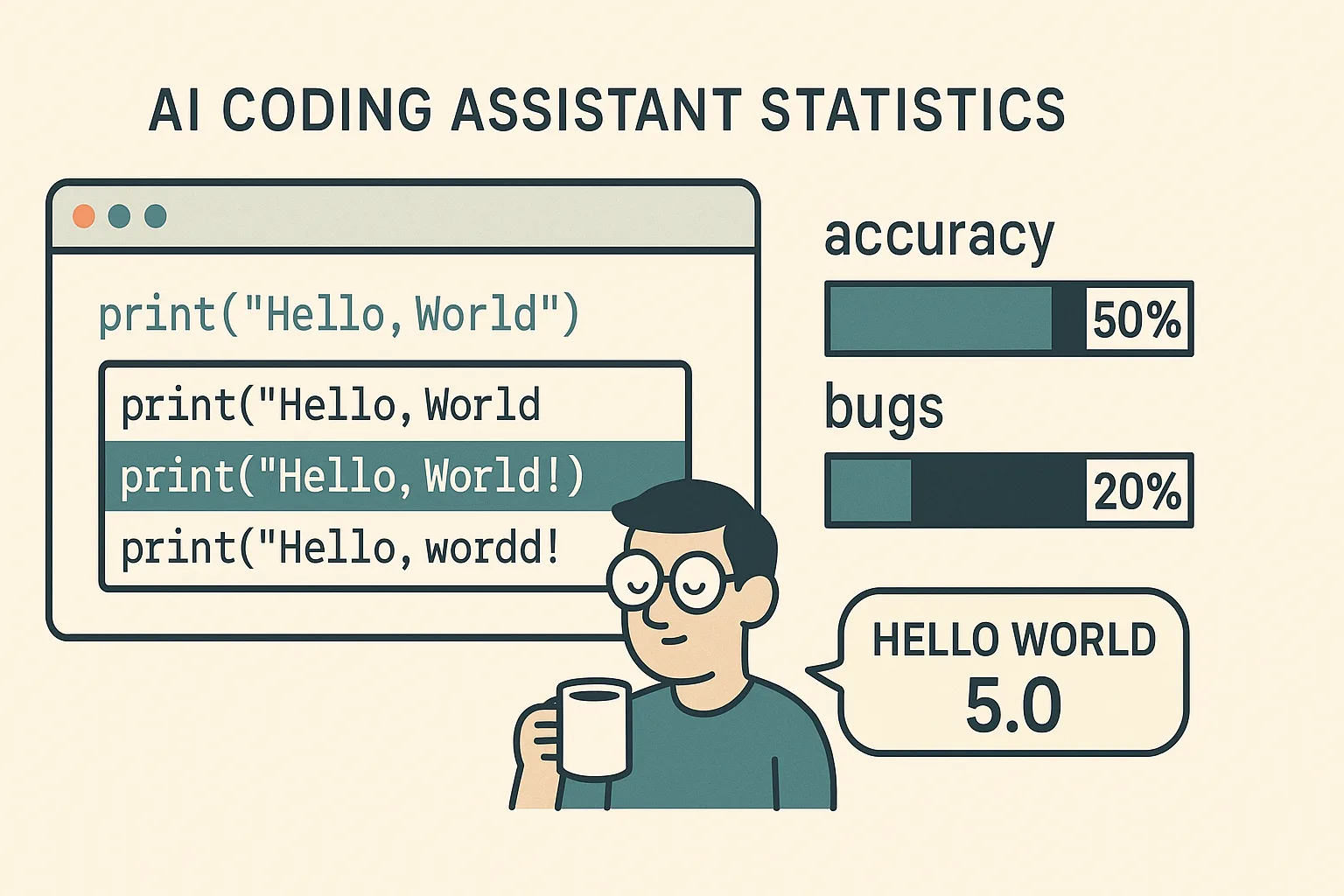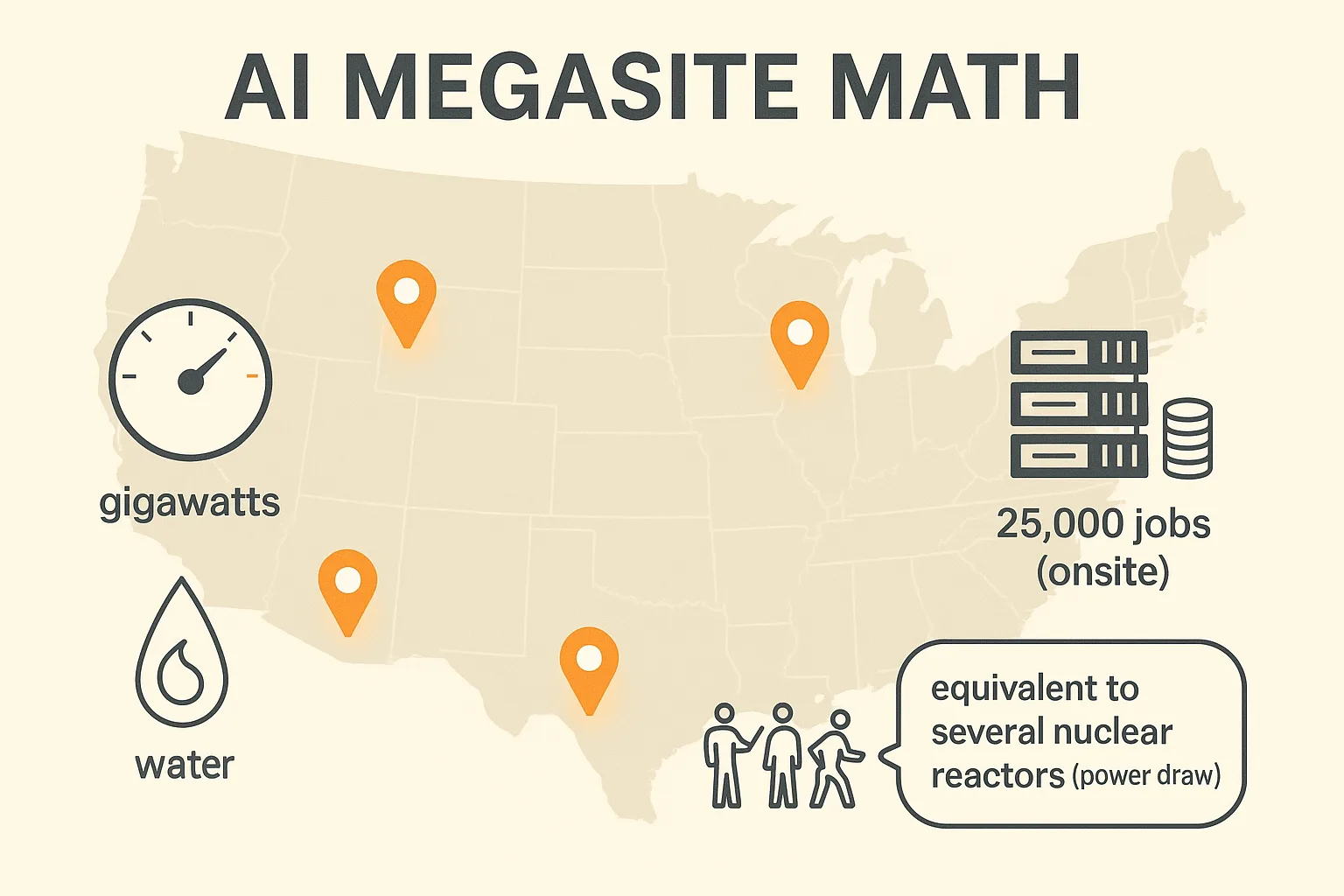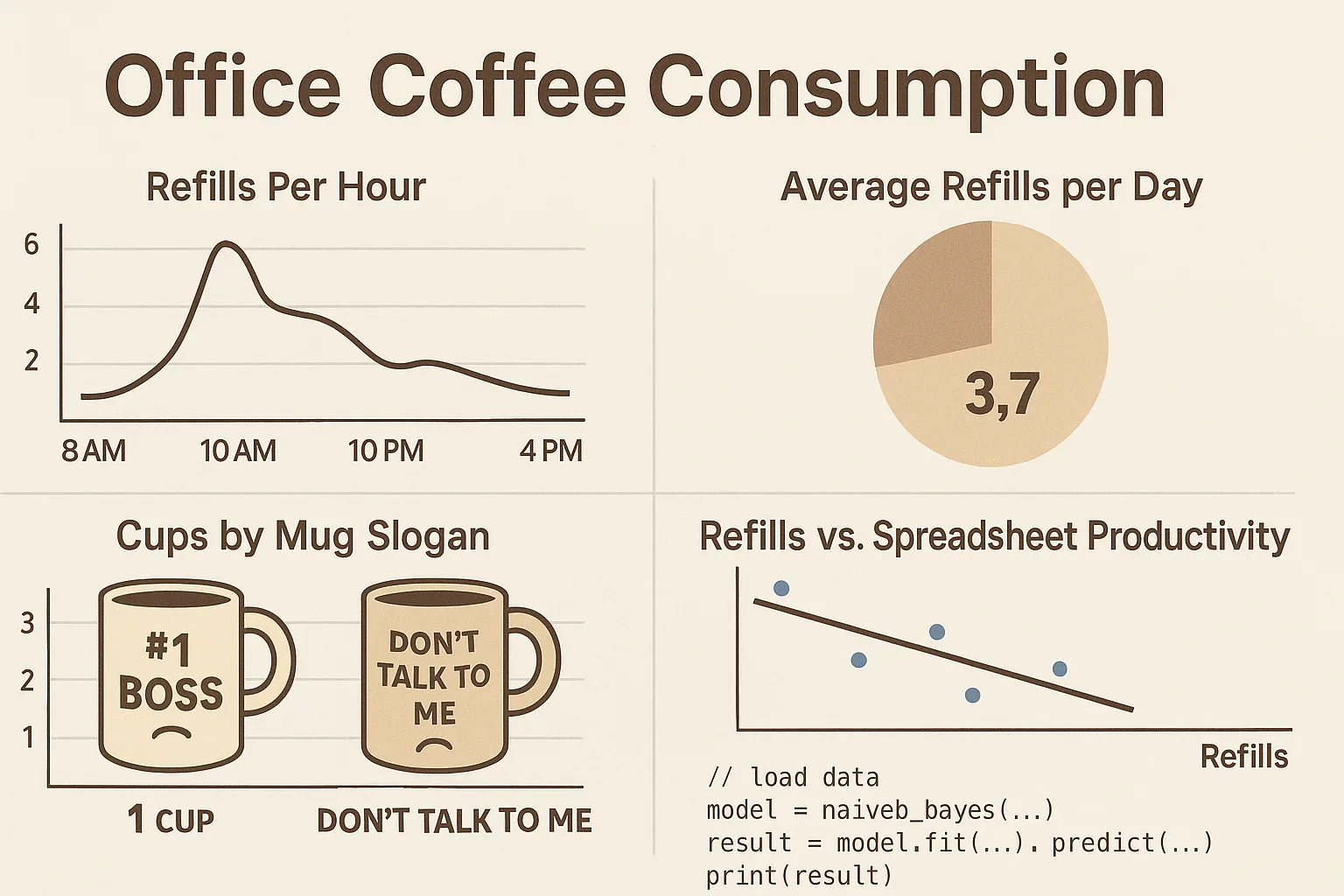In a lecture that began with a calm definition and ended with a standing ovation from the campus smoothie bar, “Professor Syntax” presented the year’s most confounding thesis: gravity, at least as experienced by bananas in controlled scholastic settings, appears to be optional. The paper—formally titled On the Discretionary Nature of Descent in Musa Paradisiaca—cited forty-seven bananas by label, lot number, and bruising index. Skeptics called it “fruitly assembled,” which is not a word; supporters countered that neither is “bananaphobic,” though it has recently appeared in three preprints and one hoodie.
At issue is whether a banana’s decision to fall (or not) is governed by classical mechanics or by what the author terms “contextual compliance,” the tendency of objects to obey rules when they know they’re being graded. “A banana on a grocery hook behaves like any mass in an inverse-square field,” the paper concedes. “A banana on a midterm acts like a concept.” If this sounds like a category error, that’s because it is—deliberately. The experiment is satire-adjacent, not prankish; the stakes are academic, not dietary.
The nut of it (botanically a misnomer, yes) is simple: in classrooms, the fruit sometimes hovered a measurable fraction of a millimeter above a desk for up to 0.47 seconds before acquiescing to Earth. That hesitation, the study argues, constitutes “elective gravity.” It’s not that Newton was wrong; it’s that the banana occasionally files for a short extension.
Background
The controversy germinated in the Department of Descriptive Physics, a unit famous for experiments that are easier to explain than to reproduce. Prior campus lore includes the celebrated “Sigh That Bent a Ruler,” a 1998 demonstration that proved disappointment is measurable, and the 2013 “Coffee Cup of Theseus,” which raised the question of whether a mug repaired twelve times still held coffee or merely hope. Against this backdrop, Professor Syntax’s banana protocol was almost conservative: weigh the fruit, mark a baseline, drop from a fixed height, film everything at 10,000 frames per second, and count how often the descent begins not at t=0 but at t=maybe.
Funding arrived in a beige envelope from the Institute for Gravitational Produce (IGP), a quasi-public lab founded to standardize “fall expectations” for grocery displays. “We care deeply about the moment right before a cascade,” said IGP program officer Nora Bell, whose business card lists her title as Manager, Shelf Integrity. “If bananas decide to obey gravity on their own timetable, that affects insurance, signage, and frankly, morale.”
There is precedent for fruit behaving with more theory than pulp. The Federal Board of Academic Fruit (FBAF) famously refiled the banana as a “quantum object” for research purposes, encouraging scholars to store samples in lead-lined lunchboxes and to cite them in “fruitnotes” rather than footnotes. Those guidance documents were widely mocked until the banana hesitation data quietly started to stack, and a graduate student—credited only as “G.” in the acknowledgments to preserve their candidacy—noticed that the lag spikes whenever a proctor announces, “You may begin.”
What’s New
The new paper is the first to quantify the pause as a function of academic ambiance. In the geranium-walled physics lab, with no students present, bananas fell according to the book, specifically Chapter 2 of any good one. In a lecture hall with fluorescent lights buzzing softly, they sometimes hung, quivering, the way an answer hovers just beyond memory. In a philosophy seminar—desk chairs in a circle, the word “ontology” on a whiteboard—the hesitation lengthened; one test fruit remained indecisive long enough for a teaching assistant to drink an entire seltzer and update the rubric.
“We’re not saying gravity can be switched off,” Professor Syntax explained at the press briefing, which the university scheduled between lunch and office hours to minimize turbulence in student blood sugar. “We’re saying gravity occasionally behaves like attendance: expected, monitored, and, for reasons unknown, sometimes taken lightly.”
Methodologically, the study is fussy in all the right ways. Each of the forty-seven bananas is cataloged by curvature, mass, peel elasticity, and a bespoke “Annotation Score” (how many marginal notes the fruit acquired from observers tempted to editorialize). To eliminate bias, the team used double-blind conditions: neither the fruit nor the intern knew whether the session counted toward a grade. Infrared motion sensors recorded the first irreversible commitment to downwardness. A control group of apples was included but left ungraded; they behaved beautifully, as apples do when no one is asking them to carry metaphor.
Two quotes stood out. First, from Renata Helwig, a spokesperson for the FBAF: “We caution readers against extrapolating from bananas to policy. That said, any rule with an exception must include the exception in the rulemaking, or the exception becomes the rule.” Second, from Gerald Stipes, director of the Institute for Unresolved Logistics: “If elective gravity is real, warehouse signage will need to say, ‘Caution: Objects May Fall—If They Feel Like It.’ Our clipboards are not equipped for mood.”
Critics are, of course, unimpressed. A joint letter from the Society for Plain Mechanics and the Committee to Keep Jokes in the Footnotes calls the paper “linguistically athletic.” They fault the use of “optional” to mean “contextually delayed,” noting that words, unlike fruit, should not hover. The author, in reply, thanks them for the free copy edit and adds an em dash.
What It Means
For pedagogy, the implications are oddly concrete. If objects under observation behave as if they, too, have a stake in the midterm, then demonstration physics may need to list “observer affect” with an a (the emotional weather of the room) alongside “observer effect” with an e (the measurement problem). A bored class flattens the pause; an anxious one stretches it. This is not mysticism; it’s vibes wearing a lab coat.
For campus operations, elective gravity complicates safety protocols that already assume floors are persuasive. Facilities managers will have to post new placards: “Mind the Step; It Minds You Back.” Labs may standardize a “count-in” before drops—“Three, two, ethically sourced one”—to declare intent and reduce philosophical drag. The bookstore has preordered a run of posters showing a banana over the caption, “Obey Local Fields.”
In research, the paper opens two lanes. The first is technical: can high-speed magnetometers detect micro-hesitations in non-fruity objects (chalk, staplers, a dean’s pen)? The second is semantic: is “optional” the right word, or is this actually a kind of bureaucratic latency, the split second during which matter checks whether the form is in triplicate? Either way, grant writers across the land are dusting off proposals for “compliance fields,” a hypothetical region around rule-setting where the rules briefly try to be polite.
Trade and logistics may feel ripples, too. If bananas hesitate in auditoriums but not in cargo holds, then liability depends on venue. The IGP is drafting a white paper—working title: Hurry Up and Drop—to advise insurers on “tempo-sensitive produce.” Dockworkers, who prefer objects that do not editorialize, have responded with their own memo: “We will not be loading debates.”
None of this dethrones the big theories. Gravity remains the curve in the sentence, not the typo. But the study restores a bit of stagecraft to demonstrations, reminding us that teaching is a laboratory of attention. As one graduate instructor told me, requesting anonymity to avoid becoming a meme: “When I ask for eyes up here, sometimes the bananas listen first.”
Here the language does real work. “Optional” rings wrong to engineers and a little right to linguists, who note that the banana’s pause resembles a modal verb: not shall fall, not will fall, but may—under certain institutional conditions—consider its options. Philosophers have already penciled in a colloquium on “fruitive freedom,” and the law school’s torts professor is rumored to be drafting a lecture titled “Attractive Nuisance, Attractive Neutral.” Everyone agrees the pun density is high. The radiation appears harmless.
And yet, beyond the wit, there is a practical lesson. Students who watched the drops, then replicated them at home with no audience but a cat, reported ordinary behavior: the banana did what bananas do. The optionality seems to be a campus property, not a cosmic one—call it the Quad Effect. That makes it teachable, which is perhaps the point. We make rules, we observe, the world complies—and sometimes demurs—before carrying on. The pause is an invitation to notice.
- Whether the hesitation occurs outside academic settings with similar “evaluation vibes,” e.g., courtrooms, audition stages, or comment sections.
- How the effect scales with fruit maturity and audience size, especially when someone is live-blogging the drop.
- If non-fruit objects exhibit analogous delays when expectations are announced aloud.
[1] “Optional” in this context is shorthand for “contextually delayed within measured bounds,” which is a mouthful. Grammarians may prefer “elective,” engineers “latent,” and philosophers “choosey.” All three are acceptably wrong for different, very defensible reasons.
For now, the campus will keep dropping things. If the bananas pause, we’ll measure the pause; if they don’t, we’ll measure that, too. Either way, the lesson endures: reality is dependable enough to grade on—and just unpredictable enough to keep the curve interesting.
